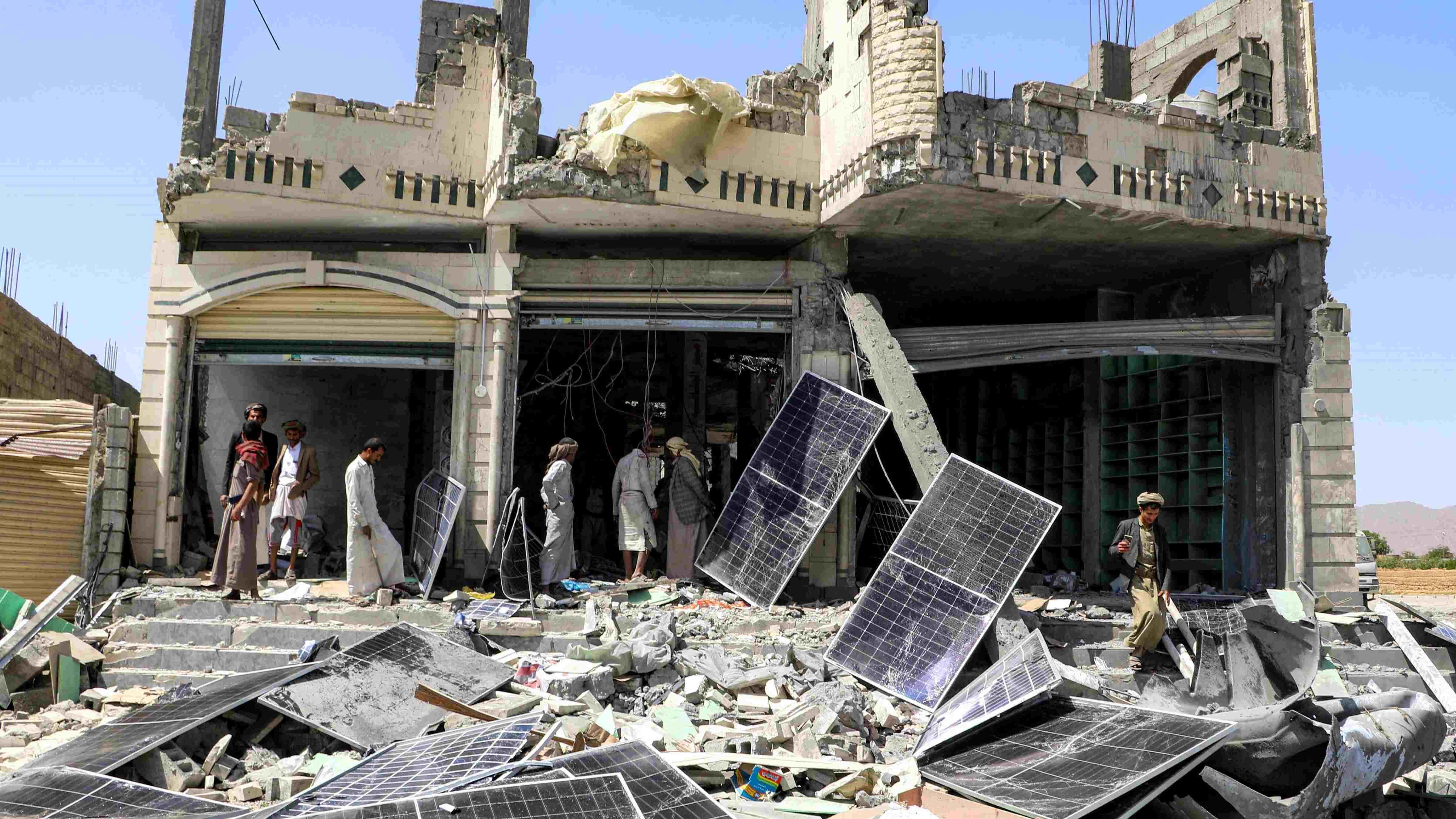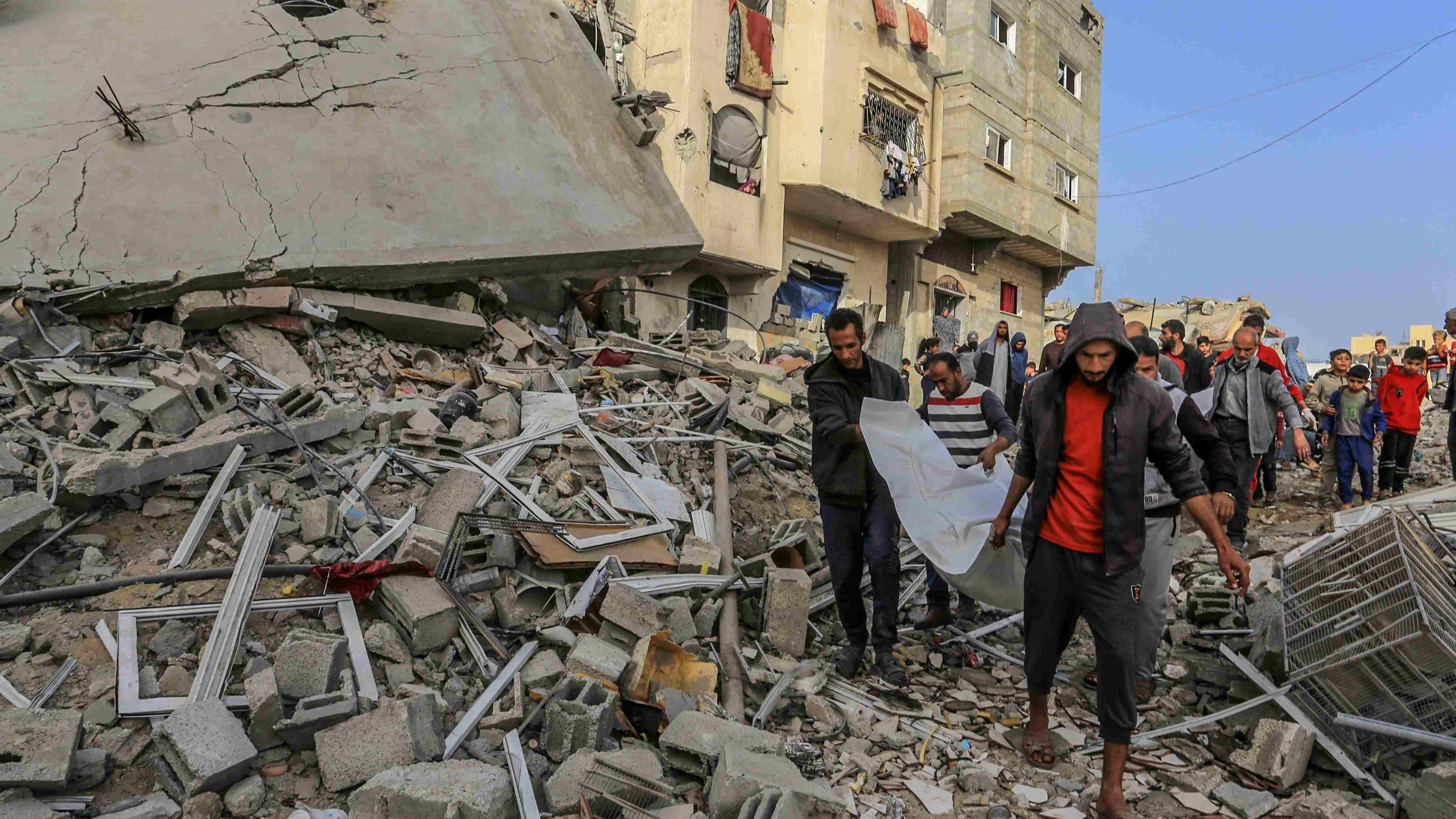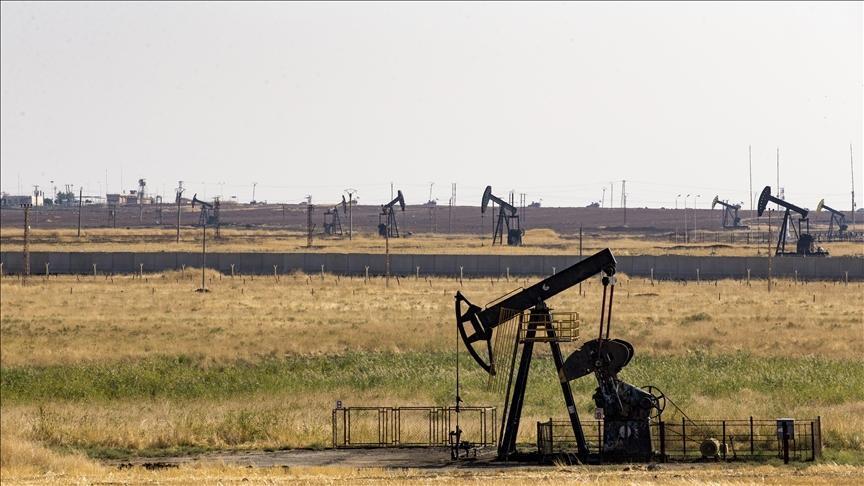Bursa's hamams transformed into art venues
BURSA - Anatolia News Agency

Restoration projects are ongoing in four different Bursa hamams, while another three hamams are preparing to be turned into cultural centers.
Bursa’s famous hamams are being adapted into museums, art venues and culture centers. The hamams, which have been damaged over time, are currently being restored with the support of the municipality, and will eventually host concerts, photography and painting exhibitions, discussions, panels and other cultural activities. The restoration projects are ongoing in four different Bursa hamams, while another three hamams are preparing to be turned into cultural centers.A city of water
The historic Ottoman traveler Evliya Çelebi once said, “Bursa is a city of water,” in reference to the city’s historic hamam culture. Today, locals still call these hamams Roman baths and they are among the most ancient buildings of the city. The keramet hot springs, Çekirge hot springs, Armutlu hot springs, Oylat hot springs, Gemlik hot springs and Çelik Palas thermal baths are among the most famous locations. The city is currently eyeing these historic establishments as something more than simply bathing facilities but cultural venues, as hamams are economically important and also reflect the region’s heritage.
The first Ottoman hamams were built inside the hisar (fort) and belonged to Orhan Bey, the second leader of the Ottoman Empire, and his brother Alaaddin Bey. Known today as Aynalı Hamam, it is one of the most famous hamams of Orhan Bey’s era.
Sultan Murat Hüdavendigar’s Nalıncılar Hamam and several other hamams built in Sultan Yıldırım Bayezit’s social complex are transforming to art venues. The two-domed hamam of Byzantine Emperor Justinian, as well as Sultan Çelebi Mehmet and Murat II’s hamams, are also famous local attractions. An additional two domes were added to Justinian’s hamam in 1511 by Murad Hüdavendigar.
Yeni Kaplica, built in 1555, is another spectacular facility. Mineral water bubbles up from below the extensive baths and flows into a larger central pool from a lion’s head spout fixed to the wall. The building’s architecture has remained unchanged since its establishment by the Vizer Kara Mustafa (Black Mustafa). The large, multi-roomed building has a wonderful sense of space and proportion and was modeled after Roman baths rather than a traditional hamam, as pools (still, non-flowing water) are not permitted under Islam.
The plethora of hamams throughout the city illustrates how important hamam culture was during the Ottoman Empire. After the building of the hamam complexes, hamam culture in Bursa began to increase in popularity, eventually becoming part of the city’s identity. During the 1800s, the importance of water – and thus hamams – increased. A total of 27 hamams were established in the city center and when taking into account the villages in the city, Bursa has more than 100 of the baths.
Damaged hamams and art venues
Hamam restoration projects began in 2004 with Ördekli Hamam, which was funded partially with private money and partially by the municipality and government. After four years, Ördekli boasted a new identity with restored rooms and an environment conducive to hosting art and cultural events.
The Ördekli Hamam restoration cost 3.5 million Turkish Liras. Since 2004, the restoration of the Kayıhan Hamam has cost 3 million liras, while the Muradiye Hamam, the Mahkeme Hamam and the İncirli Hamam have cost 1.5 million liras each, the Emir Sultan Hamam and Muallimzade Hamam 1 million liras each, and 200,000 liras have been spent on the Hamamlıkızık Hamam.
There are still hamams that are waiting to be restored although the project development has been completed. Among them is the Mudanya Hamam, costing a total of 1.5 million liras.
















